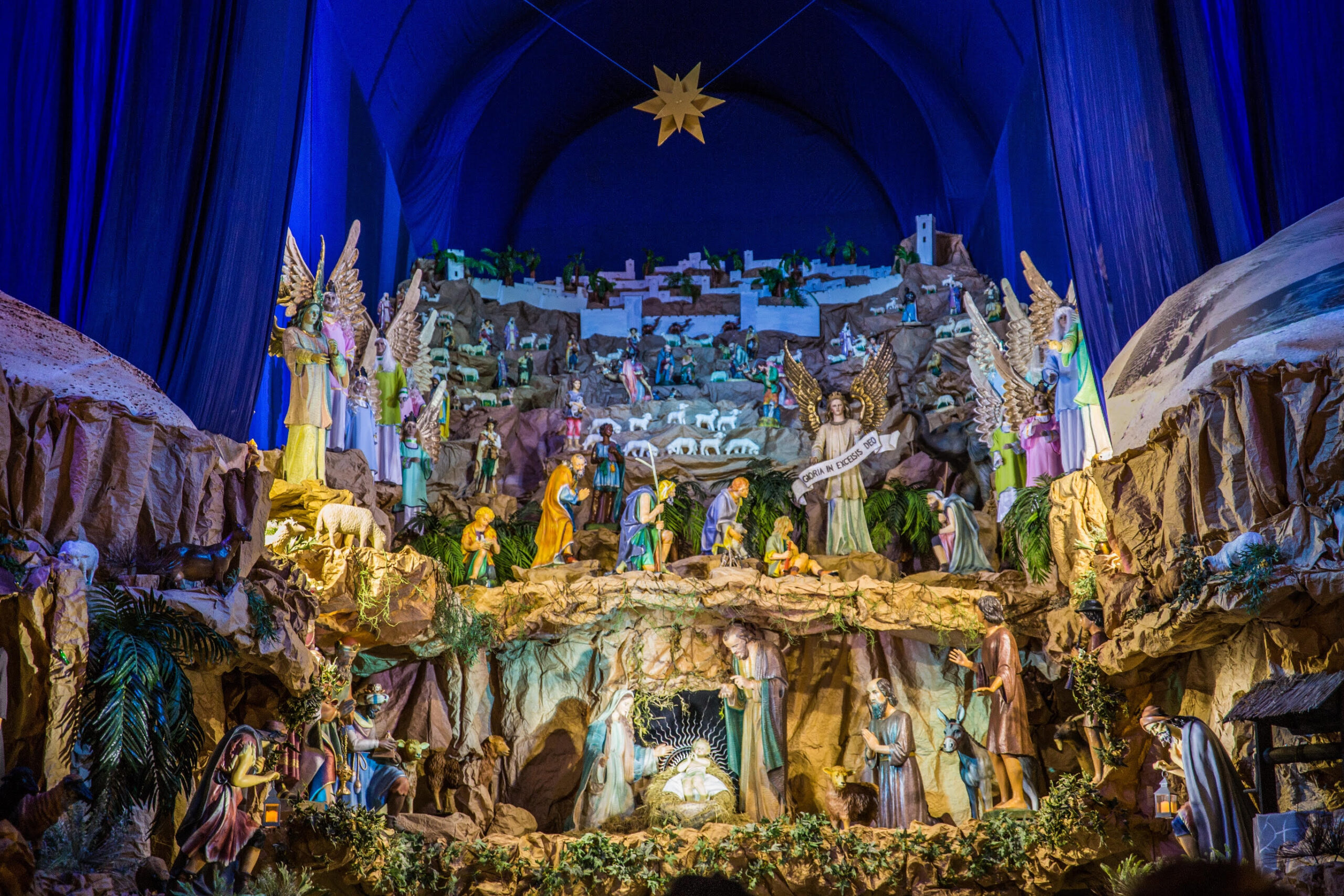by Rodrigo Calderon Amores, KONTAKT, Poland
Inexplicably, the wall of Lugo is not one of the best known monuments in Spain. And as I said it is something strange, since it is one of the monuments with the most history and best preserved in the Iberian Peninsula.
The Roman wall of Lugo surrounds the historic center of the city of Lugo, which is located in the autonomous community of Galicia, in Spain. Originally it was an ancient Roman city founded by Paulo Fabio Máximo. It received that name in memory of Emperor Augustus, in the year 13 B.C. C.
The reason for building the wall was to finally annex the northwest of the Iberian Peninsula to the Roman Empire. Thus, a defense wall was built around the city that miraculously has not required many reforms throughout history and which is preserved today in practically perfect condition.
Regarding the measurements of the wall, this monument has a length of 2,266 meters and preserves 71 large towers distributed along the wall of the extensive wall. Originally there were exactly 85 towers, but over the years some of them have disappeared. Even so, for the most part, this monument has been lucky enough to
age very well. It acts as a boundary separating the historic center of Lugo from the rest of the city and at a landscape level it has evolved and undergone development to become a fully integrated element in the city, forming part of the urban structure
and, of course, of its cultural richness and its tourist attraction.
On the other hand, it also has ten gates whose function is to connect both parts of the city, the old part and the “new”. Originally in the wall there were only five access gates but, due to the expansion and growth of the city, during the 19th and 20th centuries it was necessary to create another five more gates to cover the needs of the population.
Fortunately, it is possible to explore the wall in its entirety through the walkway or parapet. These terms refer to the corridor located at the top of the wall and, logically, it is the most popular and well-known street in Lugo. It is visited and traveled by both local passers-by and tourists on a daily basis.

Its uniqueness and what makes it special is, as previously mentioned, its magnificent state of preservation. And it is very amazing how after so many years this monument continues to look just as it did centuries ago. In fact, it is the only Roman wall in the world that has been preserved in its entirety and that remains in such good condition even today.For all this, on November 30, 2000, the Roman wall of Lugo was awarded the title of World Heritage Site by UNESCO.
It is said that, originally, the wall was built by the Romans with the aim of protecting a forest, not a city. This forest received the name “Sacred Forest of Augusto”, which in Latin translates as “Lucus Augusti”, hence the origin of the name of the current city, Lugo. Today, it is impossible to confirm if said forest was real or just a fictional story, so it will remain an unsolved mystery as well as a nice story to remember. What is known is that the wall of Lugo is still standing, defying time, giving beautiful views and memories to all its visitors and speaking to who knows how to listen.



